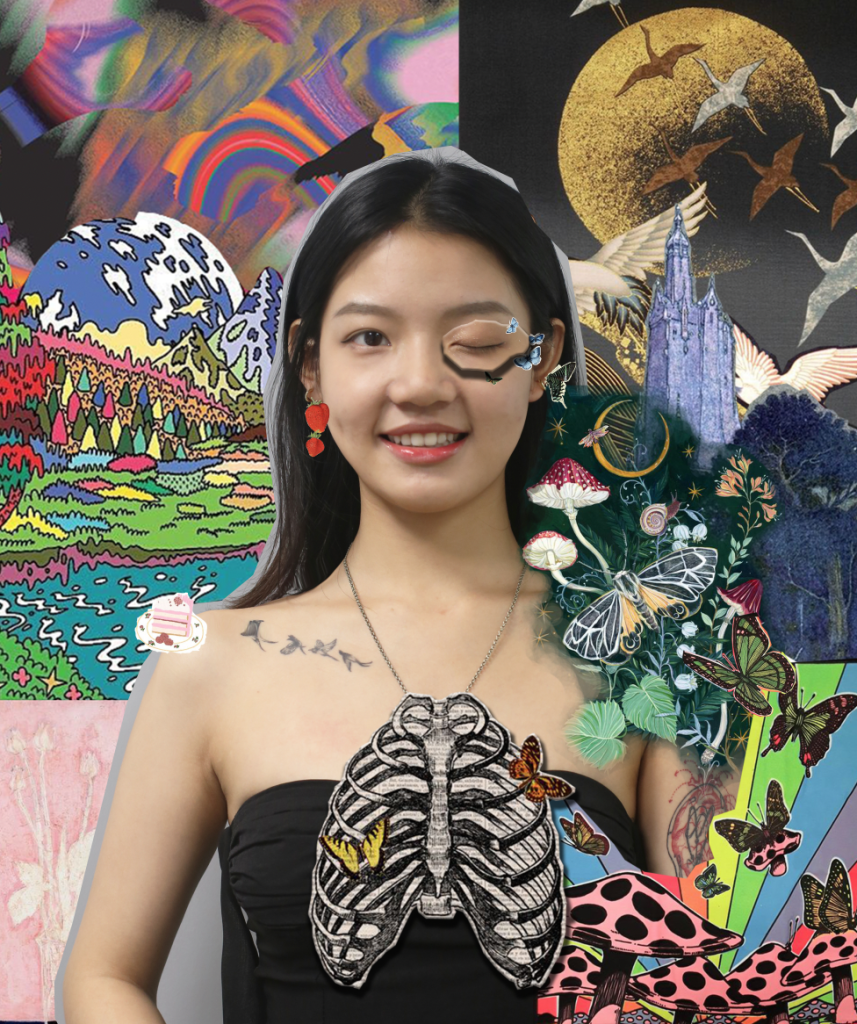WEEk 3
1.modelling artist
Modelling artists create all their 3D models on the computer.
They start with a brief, which may be 2D or 3D art produced by a concept artist. Or they may work from reference materials, such as photographs or line sketches, which can be scanned into the 3D software.
First, the artist creates a ‘wireframe’ of the object, often referred to as a ‘mesh’. This looks like a series of overlapping lines that correspond to the shape of the intended 3D model. Based on this mesh, they are able to sculpt a model of the object so that it closely resembles what is expected.
The artist will use digital tools such as a sculpting brush, as well as a physical graphics pen and tablet to refine the detailed parts. In most cases the 3D models created by the artists can go on to be animated, given textures and lighting. However, there are some modelling artists who specialise in creating character models and they also need to design textures for the character models at the same time.
As such, modelling artists need to have a certain aesthetic, be able to paint and have a good understanding of form, colour and texture. They also have the ability to use 3D modelling skills such as Blender, Maya and ZBrush to create 3D models from 2D briefs, complete 3D models quickly and learn new methods to solve problems in the models. Excellent collaboration skills are also required, with the ability to work collaboratively with other visual effects artists in the pipeline, utilising each other’s resources and working effectively.
- watch link : https://90seconds.com/what-is/3d-modeling-artist/
2.animator
Animators imbue figures with personality by making them move in ways that show their character and emotion. In VFX, they use computer-generated ‘rigs’ to help make the characters in a shot move in a believable way. They might animate vehicles or machinery too.
Animators create animation ‘frames’ (images), using the ‘rig’ (the digitally moveable 3D model). When the frames are put together in sequence, they form the animation.
In some films, a process of motion capture is used for certain characters. This is where an actor wears a special skin-tight suit with motion trackers on it, so that the movement and expression of their performance can be captured digitally and translated into a different-looking character animation model.
Animators need to be proficient in special effects software such as Arnold, Blender, Maya, Mental Ray, Photoshop, RenderMan, Substance Painter, V-Ray, ZBrush and 3ds Max, and have the aesthetic skills to portray characters’ movements and emotions in detail. And have a relatively good ability to collaborate with other visual effects artists in the pipeline, utilising each other’s resources and working effectively.
- watch link: https://ohmy.disney.com/movies/2016/07/20/twelve-principles-animation-disney/
- https://www.gnomon.edu/blog/alumni-interview-animator-casey-mcdermott-talks-blizzard-sony-and-game-design
3.texture artist
Texture artists specialise in the creation of textures for 3D animated objects. They need a biological understanding of human and animal skin, as well as knowledge of textiles, geographical elements, architectural decoration, landscapes and more.
Textures are created from scratch or from real-world references using scans that are imported and made into graphic elements. For game material artists, they recreate realistic or fantasy textures or surfaces for characters or objects. They specialise in all surface qualities of 3D computer models, such as skin, flesh, textiles, armour, fur, hair, scales, metal finishes, nails, claws, membranes, etc. This requires an extensive knowledge of the skeletal framework and cords that hang and manipulate the model, as the mapping must work as a layer on top of the moving parts.
Texture artists in live action and 3D animation create textures for elements of the artwork that require complex textures. Realism is the goal in live action, as it must be perfectly integrated with the camera. Animated projects, on the other hand, require consistency in visual style.
Texture artists need to be proficient in Maya, 3D Studio Max, Adobe Photoshop, Painter, Mudbox, Zbrush, CrazyBump, Body Paint, Deep Paint and have a solid understanding of the visual language of textures, colour, size, scale, perspective, shading etc Skills including: composition, depth of field, scale, lighting, spatial awareness, etc. And a keen eye for detail is required, as everything around you can be a reference point for the surface or skin of a figure. Both are constantly looking for textures in the real world and bringing them into their work.
4.Environment Artist Job
3D Environment Artists are 3D Modelers who specialize in creating indoor and outdoor settings for films or video games.
The role of the Artist is to create the backgrounds, layouts and environments within a film or game. They use computer software to design and sculpt the 3D backdrop in which characters, vehicles, weapons, objects, etc operate and interact.
For films or TV shows, environments are often built digitally when it is not possible or practical to film in real life (e.g. outer space, historical recreations, fantasy lands). Actors may be recorded against a green screen and their surroundings replaced by computer-generated environments built by 3D Environment Artists.
In video games, these virtual environments have an additional layer of complexity. They must function and react according to the laws of physics and within the rules of the game universe.
A Video Game Environment Artist works closely with Level Designers and Animators to design within the framework of the action of each sequence or level, and ensure all the assets required for gameplay are present. They must also consider the technical aspects of animation lag, glitches and incomplete objects when working on the resolution and complexity of the environment.
